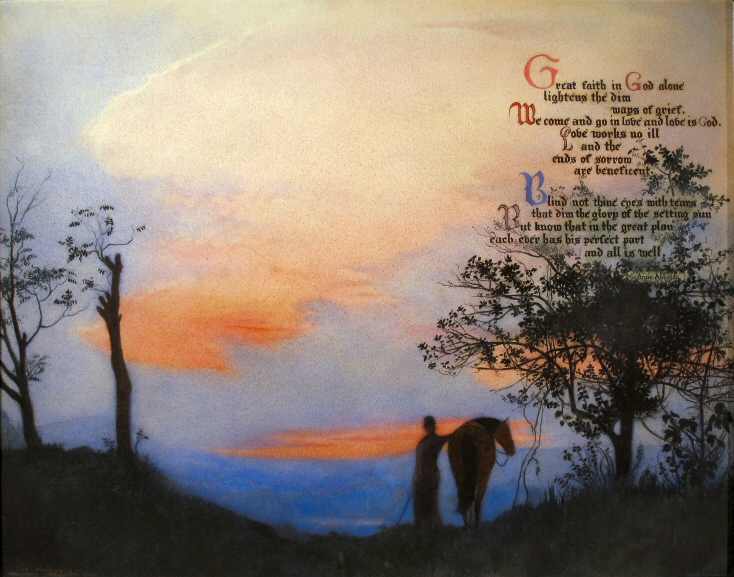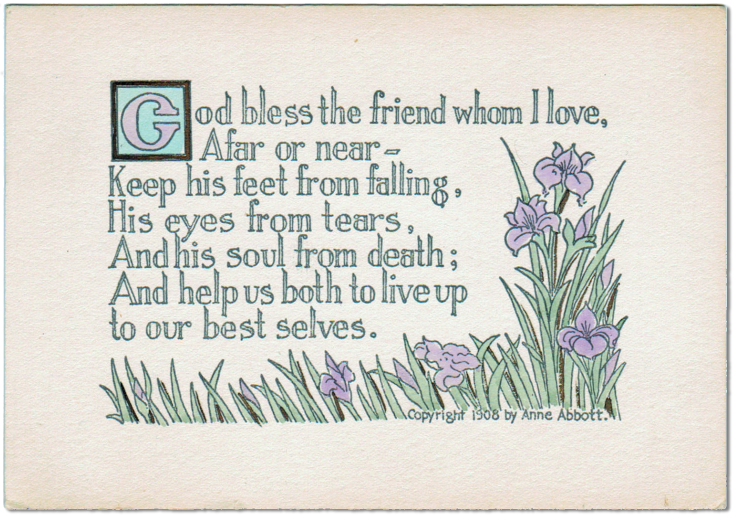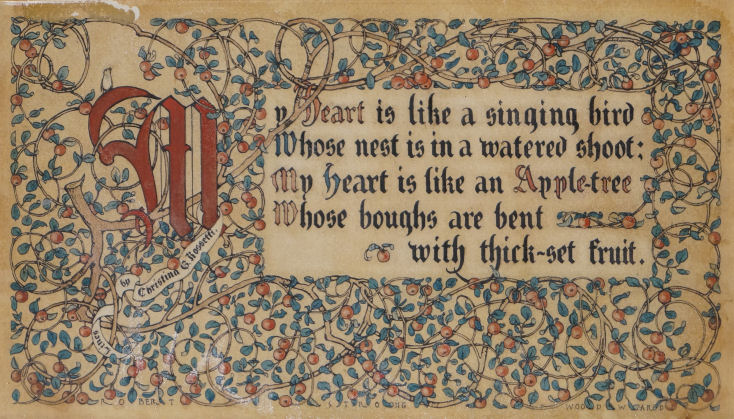Quick Reference
Unknown
Unknown
Unknown
Illumination
Illuminations, People & Livestock
15 x 19
Unknown
Unknown
NA
Related Links
- See also the...
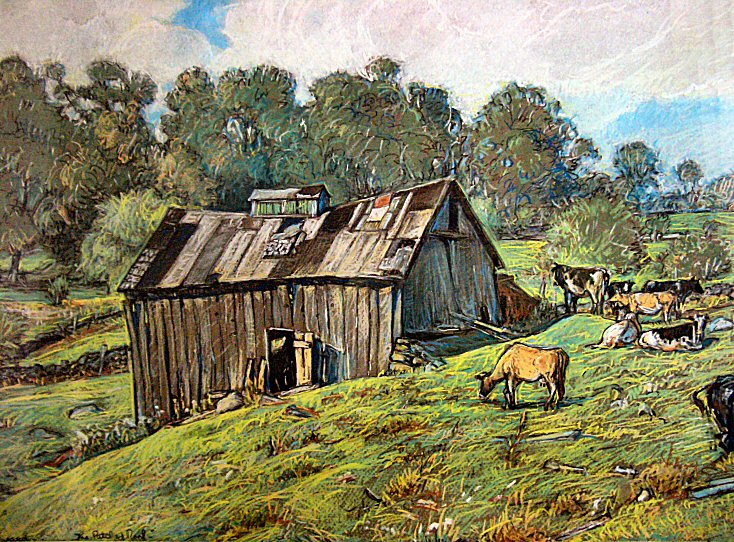 People & Livestock Gallery for related pieces.
People & Livestock Gallery for related pieces.
- See also Cello Song for a related piece.
- See also the...
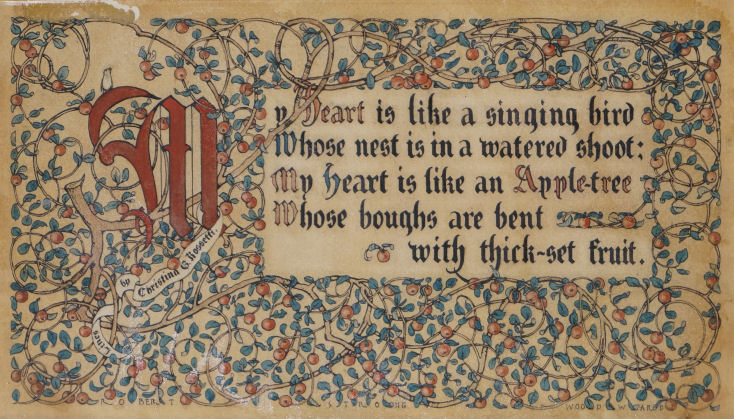 Illuminations Gallery to view related pieces.
Illuminations Gallery to view related pieces.
- See also the...
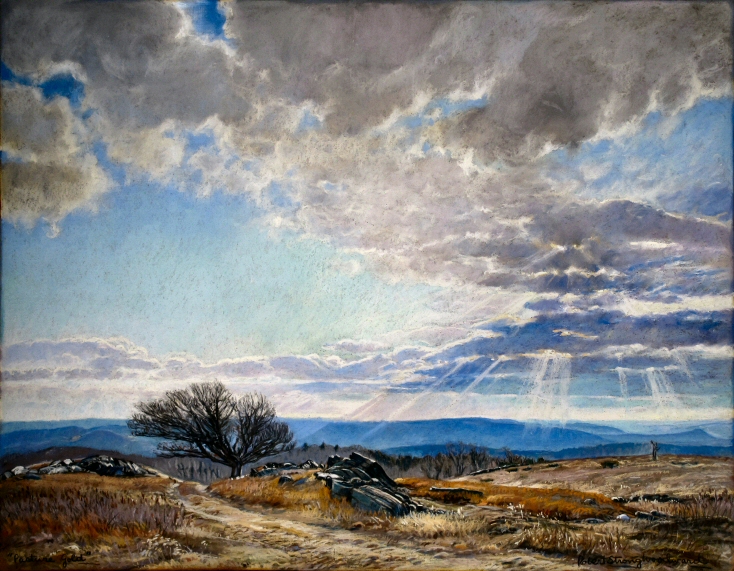 Stunning Skies Gallery to view related pieces.
Stunning Skies Gallery to view related pieces.
- See also the Scrapbook essay on Bookplates &
Illuminations. - See also the...
 People & Livestock Gallery for related pieces.
People & Livestock Gallery for related pieces.
- Read poems written by RSW in the Scrapbook
- See also the...
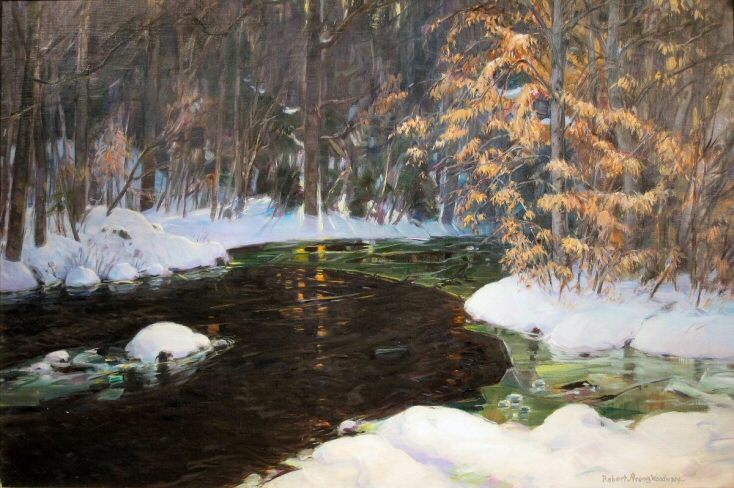 Quintessential Redgate Gallery to view related pieces.
Quintessential Redgate Gallery to view related pieces.
- See our page devoted to ...
 RSW's travel we titled Car Troubles & Other Mishaps
RSW's travel we titled Car Troubles & Other Mishaps
- See our page devoted to ...
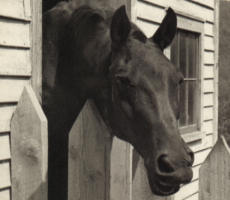 RSW's Horses & Pets
RSW's Horses & Pets
Featured Artwork: Great Faith in God Alone, Illumination
RSW's Diary Comments
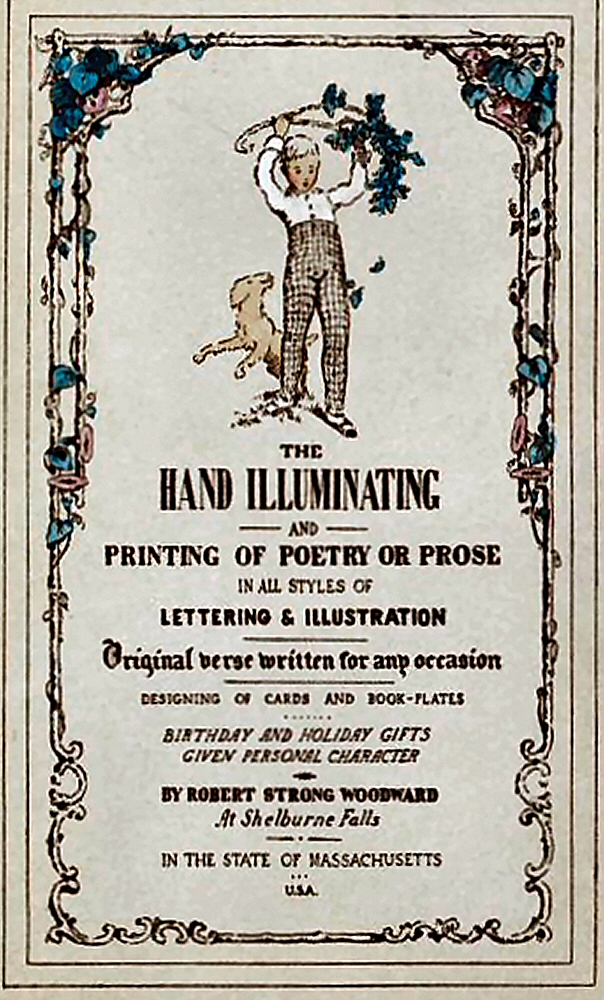
 Woodward's Business Card
Woodward's Business Card
from his time as a Commercial
Artist between 1911 and 1917.
Editor's Note:
There are no diary comments for personal artwork. This Illumination is a personal item of the artist. It is among several personal items left behind. We do not know how old it is or the medium. It is framed under glass. It is signed in red in the lower right hand corner. There was a time in his career when Woodward was a commercial artist. The work that remains most prevalent from that time (1908 - 1917) are the Bookplate Designs made for a number of prominent individuals of note. We do not know if the Bookplates paid the bills but his business card promoted himself as, "The Hand Illuminating and Printing of Poetry and Prose... Original Verse Written for Any Occasion."
While Bookplate Design, lettering (calligraphy) and heraldry (family crest designs) are more in line with what we call graphic design today. We also know that he made greeting cards (Growing in popularity at the time. Hallmark was founded in 1910). In fact, making custom cards for friends and family has a long history going back to his childhood. As a sideline, Woodward is also painting reverse glass paintings which are considered to be more Art & Craft / Home Decor than fine art, he is displaying the work at Craft Fairs. This is where thegraphic design, calligraphy, art & craft converge- in his Illuminations.
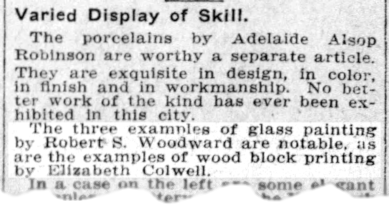
 Boston Globe, April 21, 1913
Boston Globe, April 21, 1913
by A.J. Philpott is the earliest known
review of his work as an artist.
Of the six Illuminations we have, four
use the poetry of someone else and two are credited to be Woodward's. There is another illumination mentioned in a letter by
Mrs. Helen Patch made for their
family but we do not know its contents. She did not go into detail.
Woodward was a man of great faith. He was
deeply spiritual and very private about it. He really loved and had a deep appreciation for tradition and Illuminations have long
traditions in both the East and the West. The entirety of his life's work is chiefly intended to be inspirational, even his oil paintings
made so luminously and radiant, often illustrating the spirit of perseverance and what is lasting and ever-present. His verse can
be found in the naming of the paintings that elevate them to poetic.
Additional Notes
Anne Wales Abott (also known to be spelled- Abbott) (b. April 10, 1808- d. June 1, 1908) is actually known best as a game designer.
She is credited with designing the popular card game, Mr. Busby (1843) selling 15,000 copies in just 18 months for publisher
W. & S. Ives of Salem, MA, and two other popular games.
Raised in Beverly, MA, the daughter of Reverend Abiel and Eunice
Abbot. Nothing is said about her education which is odd. She would publish her first book WILLIE ROGERS in 1844, followed
by DOCTOR BUSBY AND HIS NEIGHBORS the next month.
Over her life she would reviewed Hawthorne's The Scarlet
Letter for the North American Review in 1850, editor of the literary journal (1851-1858), The Child's Friend where
proceeds went to "the relief of indigent and neglected children." Her book, Autumn Leaves: Original Pieces in Prose and Verse,
is published in 1853. Abott also wrote a series of childrens books based on her character Dr. Busby and his neighbors. She would live a
whole century, dying nearly two months after turning 100 years old.
We could not identify or find where Woodward got Abbott's poetry. We have the copy of Autumn Leaves and nothing in the book matches
either verse of the two illuminations. One point of interest that is curious to us is that while searching online for more information on Abbott
we came across a mention of another female poet Woodward used for the illumination,
My Heart is Like a Singing Bird, Christina Rossetti.
The link was in reference to romance poets writing what is
considered "devotional poetry." (indirectly religious.) The article was attempting to connect these types of poets and the depiction of the
"mysterious intensity of childhood [that] has fascinated generations of poets, particularly those with an affinity to the Romantics" which we
take to mean simply innocence. Woodward in his heart is a romantic, almost hopelessly so in his early career.
There is some
evidence that has left us puzzled that we now see might be the remnants of a romanticizing of childhood. It has us looking at Woodward's
business card in a whole new way. The young boy and his dog. Woodward always had a dog as an adult. Unfortunately we do not have a
reference to one as a child. But there is another item of romance in Woodward life that may go back to his childhood as well - and that is
with his horses. We will give this all some consideration and see what, if anything, comes of it. Perhaps it will result in a new Scrapbook page?
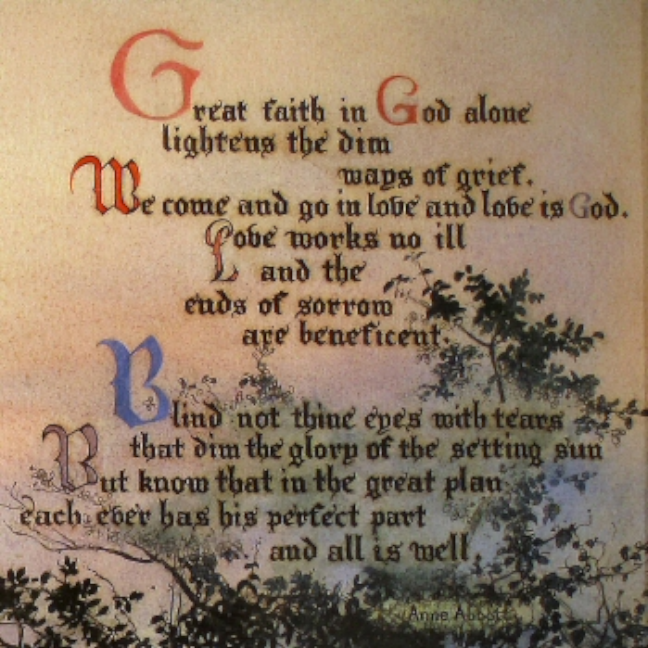
 A Closer look at Anne Abbott's poem
A Closer look at Anne Abbott's poem
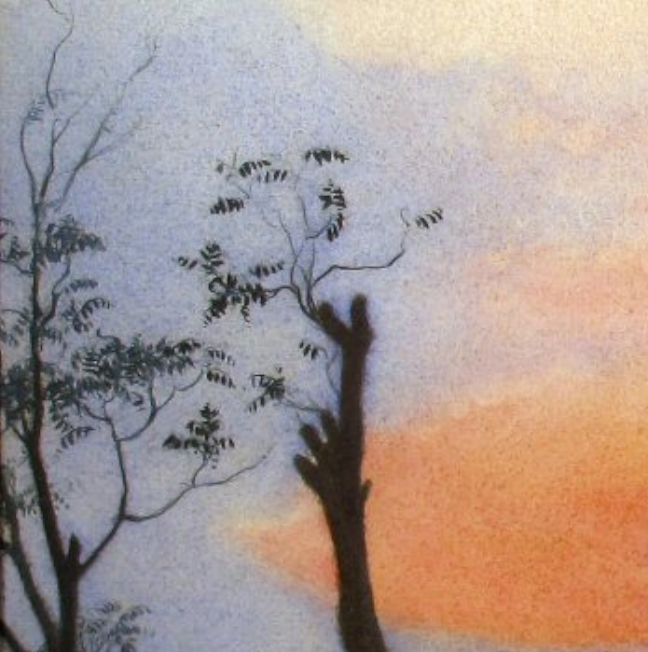
 A Closer look at the broken trees
A Closer look at the broken trees
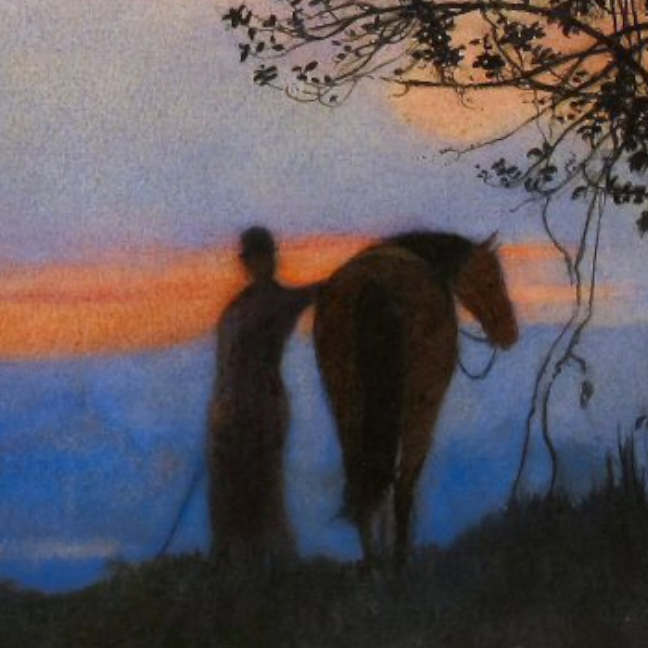
 A Closer look at the rider and horse
A Closer look at the rider and horse
We want to take just a moment to consider some of the imagery of the art work. Though it may not always be apparent because his life and work is such an inspiration, Woodward had to work through a great deal of grief. Great Faith in God Alone is one of those times he puts that grief to art (another is The Love Leaf which is for all intents and purposes a phase of grief known as "bargaining."). Note the blue "B" of this line...
"Blind not thine eyes with tears
that dim the glory of the setting sun"
Sunsets are generally sad because they represent the ending or closing of something just before
darkness comes. It is a phase transition, a common theme of Woodward's Quintessential
Redgate work and the use of dusk as the backdrop. Everything is silhouetted with just hints of color, darkness is at their backs and about
to sweep over them.
The scene appears to the apex or zenith of the trail shaped by the soft bowl-like coutures of its space. The horse
and rider are off center to the right to allow you to see the distant hills and valley. The intimacy and affection of the rider's arm resting on the horse.
There is some androgyny to the rider. Is it a man or woman? The rider's body turned in such a way that you can't tell if the rider is wearing a skirt
or pants. And is that a horse whip they are holding?
Note the broken branches and tops of some of the trees, another them you will
find throughout Woodward's work. Woodward especially likes the contrast of the broken branches with that of the young sprigs of new branches
showing new life and alluding to the promise of a new day.

.png)

